Download our latest report - Expanding card programmes internationally -
here Opens in a new windowWhat is embedded finance? What is embedded finance?
And what can it do for your business?
And what can it do for your business?
Embedded finance has gone from hot payment trend to the default way customers expect to pay at a staggering pace.
Whether it’s paying for a takeaway through an app, or deciding to split the cost of a new sofa across multiple payments, many of us use embedded finance systems every day without even noticing.
Embedded finance is the seamless integration of financial services within an organisation’s ecosystem via an API. They can be placed within financial products, or within the services of non-financial business. Embedded finance makes the payment experience smoother for the end user, often doing away with the need to enter payment details manually.
It’s taken off exponentially in the last few years – and it’s changing the way consumers and businesses relate to financial services. Here’s everything you need to know.
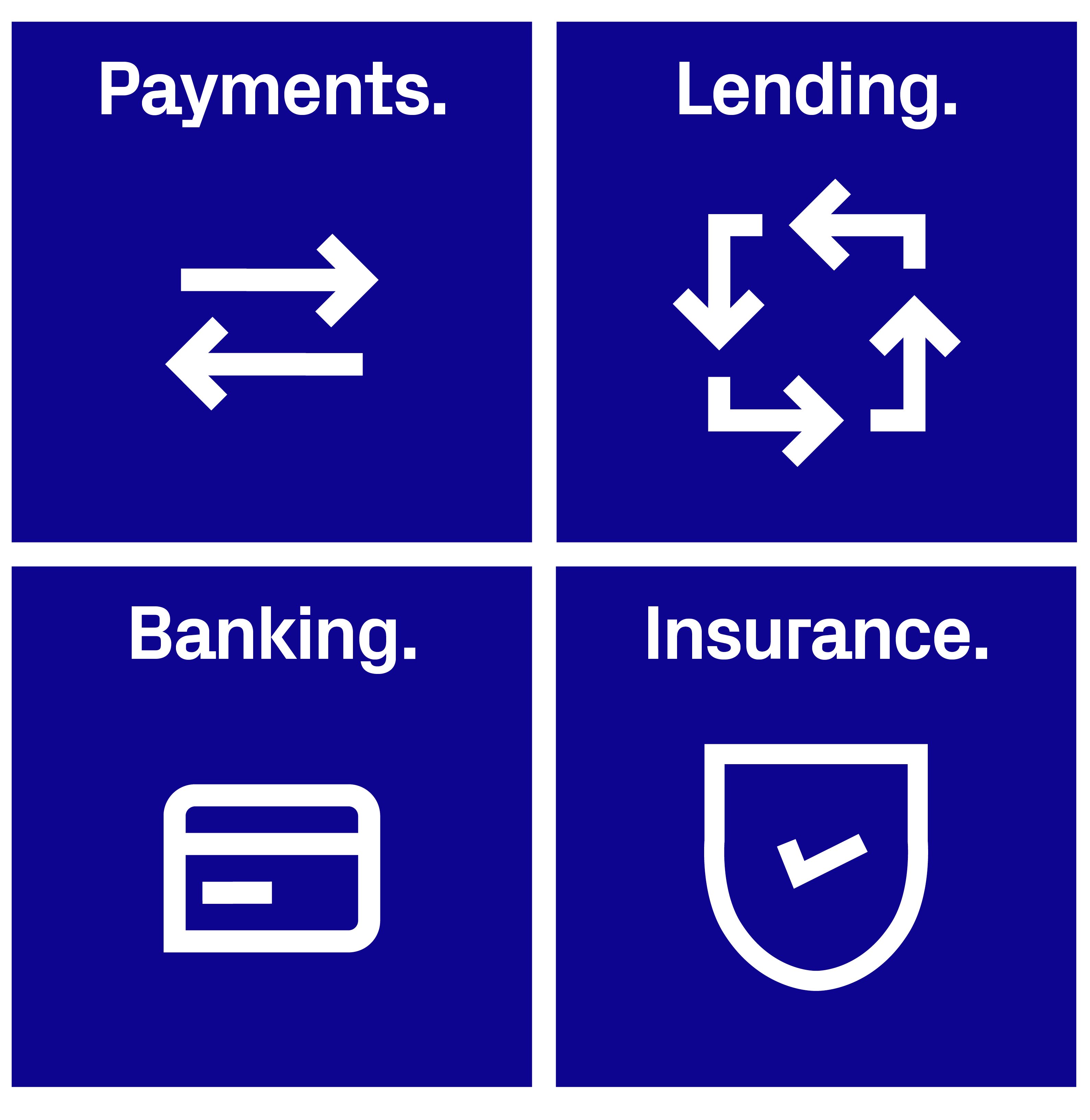

The case for adding embedded finance to your offering is clear. Just look at the performance of some of our partners – including double unicorn Zilch, with over three million customers.
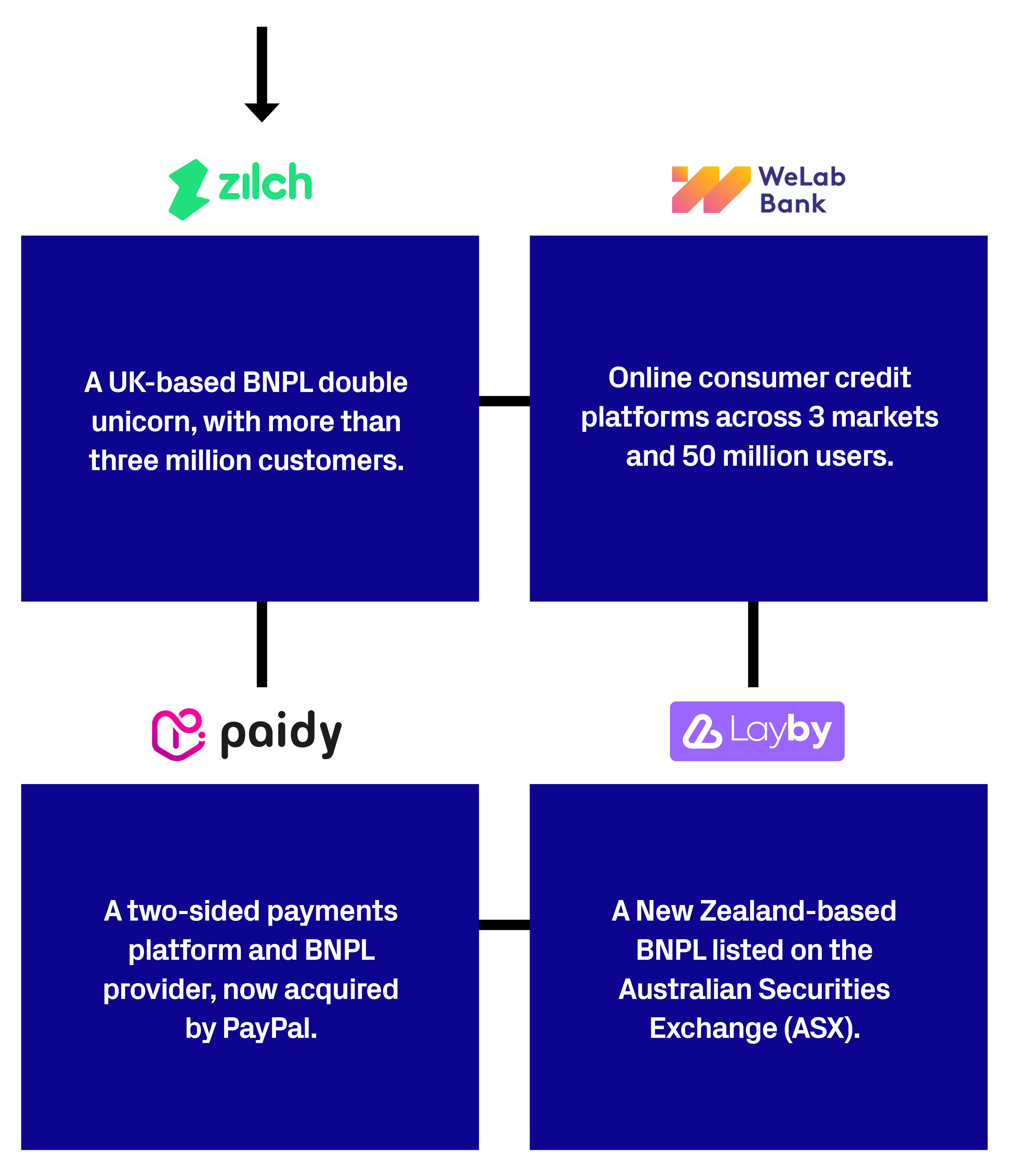


Increasing customer satisfaction, leading to more loyalty and repeat purchases.

Making transactions and financial decisions quicker and easier for customers.

Its popularity is booming around the world, so your competitors may already be using it.

Financial institutions can benefit from easier customer acquisitions and access to financial data.

European brands can expect it to add an additional €720.78 billion in revenue over the next five years.
Embedded finance is a win-win for both customer and business. Consumers can enjoy a more seamless shopping experience, while businesses can benefit from happier customers who keep coming back for more.
The rapid adoption of embedded finance has been driven by a spike in consumer demand for convenience. This extends to products and services like insurance and loans that have traditionally been sourced separately. For example, a study from Tuum reveals that 44% of consumers are likely to want to take out insurance on items like holidays or mobile phones at the checkout; 41% would like Buy Now, Pay Later options, and 34% would be likely to take out loans for high value items. [1]
Most consumers are already familiar with – and have even come to expect – embedded finance services. According to data from Temenos, 60% of UK adults have already used embedded finance services as part of the checkout process when shopping online in the past 12 months – rocketing up to 80% among Gen Z and millennials. And businesses have also given it big thumbs up, with 51% believing it will make traditional banking obsolete in the future. [2]
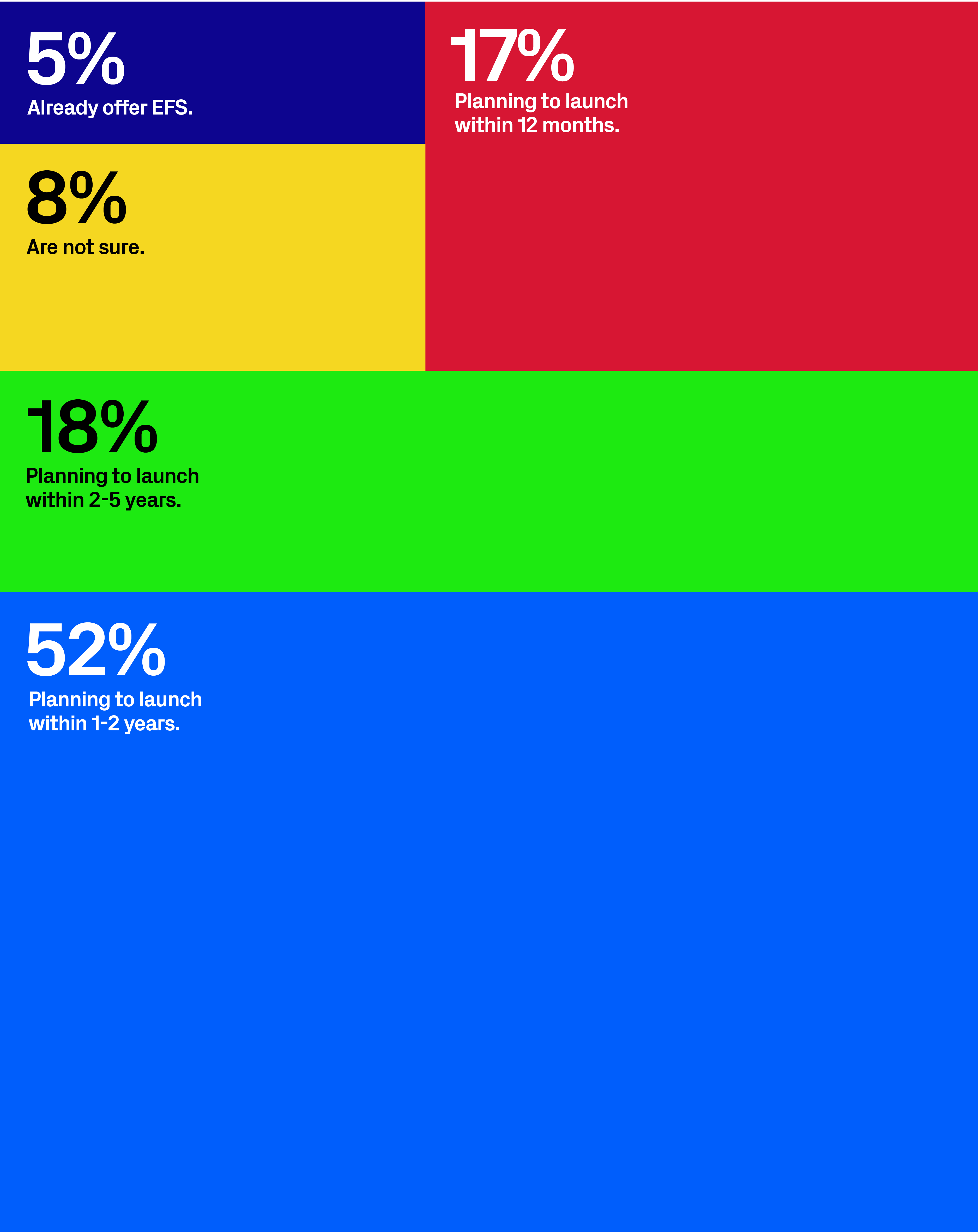

Any business has the potential to integrate financial services into their offering – they simply need to leverage Banking as a Service (Baas) technology.
Baas is the process by which a bank makes its services and data available to payment businesses via APIs. This enables payment businesses to add banking capabilities to their offering. Thredd partner Mambu, which services more than 250 customers with over 90m end users, is an example of a Baas provider, working with customers ranging from Tide to Western Union.
And it looks like the embedded finance market is only going to get bigger.
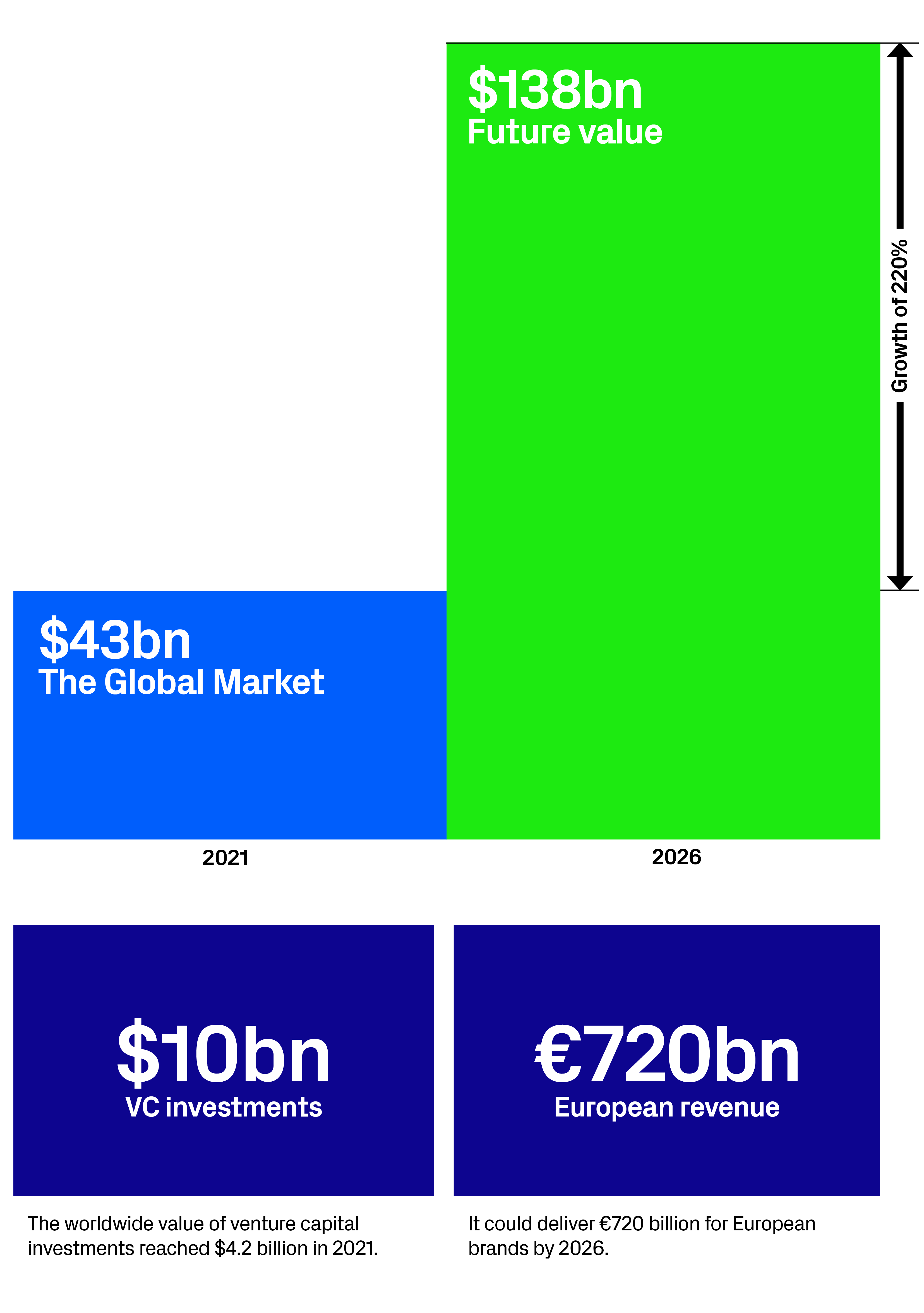
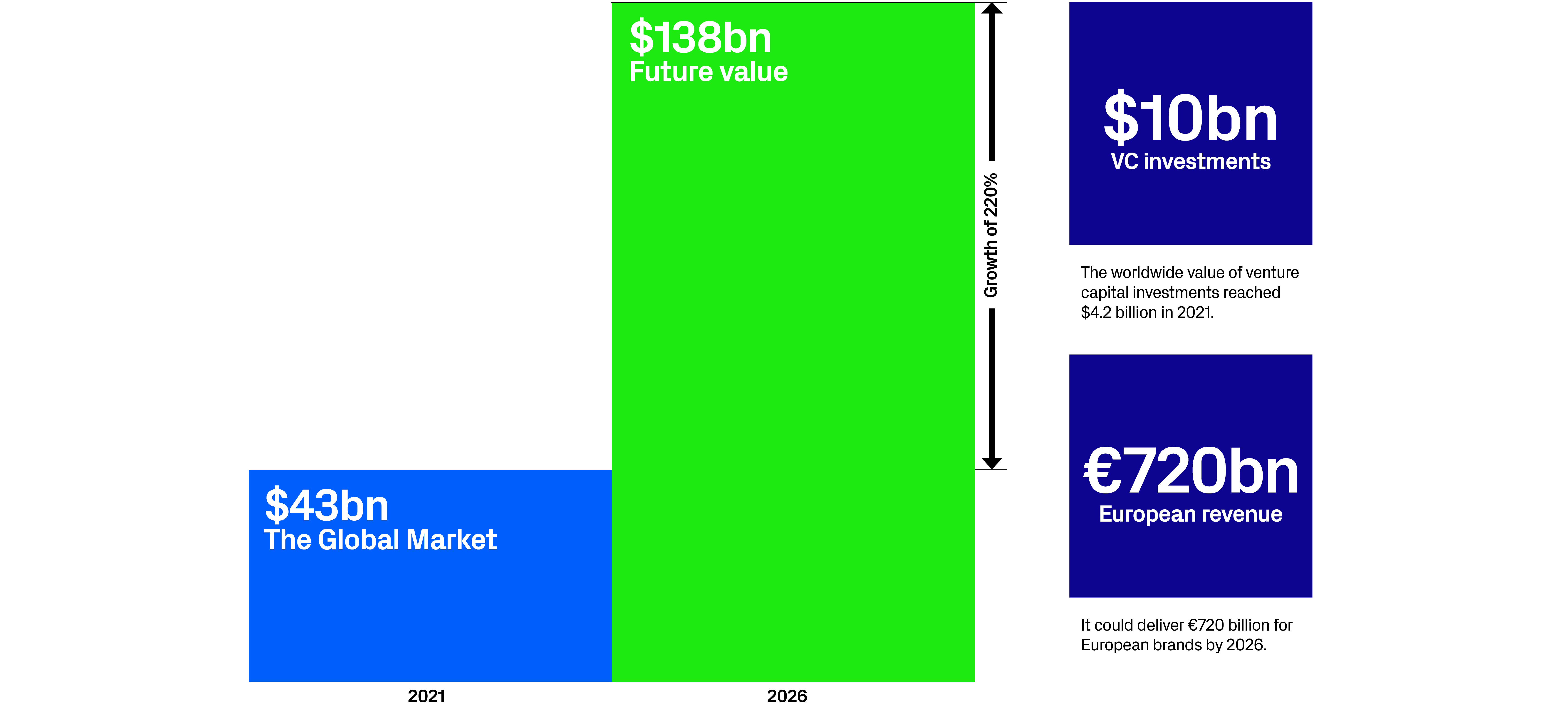
From paying for your coffee through the retailer’s own app to hailing a ride, embedded finance has become a daily part of our lives, offering up endless opportunities to transform the way that customers pay. But what can it do for your business? There’s only one way to find out. Get in touch today.
[1] Consumer Demand for Embedded Finance ‘High’ - FS Tech, 2022
[2] Three in Five UK Adults Use Embedded Finance Services When Shopping Online - Temenos, 2022
Sign up to receive Industry news, events and insights delivered straight to your inbox.
